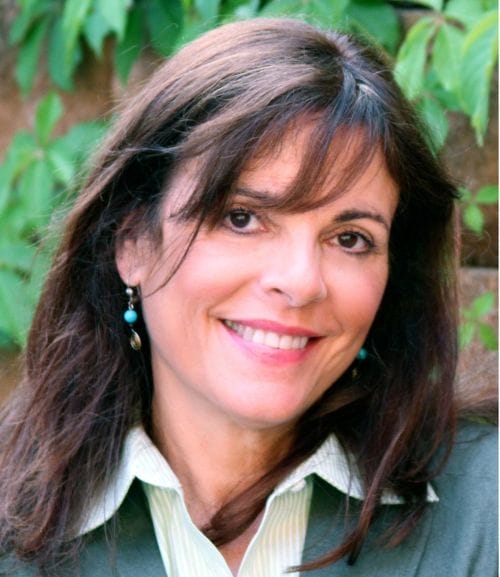Today, on International Women’s Day, the International Mediation Institute honours all women for their valued contributions in creating more harmonious, resilient and collaborative societies, especially women who have chosen mediation as their profession or professional aspiration. We celebrate today with the start of a series of guest blog posts by Brenda Waugh, of Waugh Law and Mediation.
Welcome to my guest blog series on women professionals in Alternative Dispute Resolution. In the next several posts I will attempt to highlight some of the important women who have contributed to creating a world where mediation, arbitration, and other forms of alternative dispute resolution are often available to families, communities, and countries in dispute. However, identifying influential women in ADR is difficult. Given that mediation is often private and confidential, we have limited materials to document this important work. Additionally, women are less frequently selected as mediators or ADR professionals than their male counterparts. In a 2018 article published online by the ABA, attorney and IMI Certified mediator Laura A. Kaster described the lack of diversity of arbitrators in the United States:
“We do know that women have been nearly half the class of lawyers for at least the last 25 years, and they represent 33 percent of federal judges and 25 percent of state judiciaries…But in arbitration, the statistics are very consistently under 15 percent when it comes to women who are arbitrating in significant commercial matters.”
“Where Are the Women Arbitrators? The Battle to Diversify ADR”
By Hannah Hayes, published on the American Bar Association website
Women are underrepresented as leaders in international peace processes. A 2010 report by the United Nations highlighted women’s physical absence from the process as well as the lack of representation in the peace processes of women’s substantive interests.
In 2000, United Nations Security Council adopted Resolution 1325 was urging member states to ensure increased representation of women in all national, regional, and international institutions to resolve conflict.
Even with this encouragement, women continue to experience a shortfall in participation in peace mediation. Global statistics on women’s inclusion in high-level peace talks demonstrate that between 1992 and 2018, women only made up 3 percent of mediators and 13 percent of negotiators. Mediation is often ranked as Track I, II, or III, depending on the political level of the mediation. Track I generally includes states and/or the main parties to the conflict. These processes are the ones to receive the most attention, partly because they are often conducted by the United Nations (UN) or regional organizations. Women are particularly excluded from the more visible Tier I conflicts. For example, between 1992 and 2019, only 6% of global mediators in significant peace processes were women. In examining women’s role O’Reilly, O’Suilleabhain, and Paffenolz note:
“If the goal of a peace process is only to end violence, then women — who are rarely the belligerents — are unlikely to be considered legitimate participants. If the goal is to build peace, however, it makes sense to gain more diverse inputs from the rest of society.”
Marie O’Reilly, Andrea Ó Súilleabháin, and Thania Paffenholz,
“Reimagining Peacemaking: Women’s Roles in Peace Processes”
Another challenge in creating this blog series is selecting the ADR facilitators to highlight. There are so many contributions made in mediation, arbitration, and restorative justice, this list is not intended to be a list of the best, but rather a random list of a few of the very important women impacting dispute resolution processes at all levels. I will start with some of the more influential Tier I mediators. I will then explore some international mediators working within their communities. Next, I will turn my focus to the United States and highlight a few arbitrators, mediators, collaborative lawyers, and restorative justice facilitators who have worked to make ADR available in more contexts.


